When we’re looking to replace tires on our 2009 Toyota Corolla we need to get the sizing exactly right. The wrong tire size can affect everything from fuel economy to safety and we don’t want to compromise on either. Getting the correct specifications isn’t just about maintaining your vehicle’s performance—it’s about maximizing your investment.
We’ve all been there standing in the tire shop feeling overwhelmed by numbers and letters that seem like a foreign language. The 2009 Corolla comes with exact tire dimensions that were carefully engineered by Toyota for optimal performance. Understanding these measurements helps us make informed decisions whether we’re replacing worn tires or upgrading for better performance.
Our comprehensive guide breaks down everything you need to know about your ’09 Corolla’s tire requirements. We’ll explore the standard sizes available options and what each specification means for your daily driving experience.
2009 Toyota Corolla Standard Tire Size
The 2009 Toyota Corolla comes factory-equipped with 195/65R15 tires as the standard size across all trim levels. This specification represents the tire width of 195 millimeters, sidewall height ratio of 65%, and wheel diameter of 15 inches.
Toyota engineers selected this tire size to balance fuel efficiency with ride comfort for daily commuting. The 195mm width provides adequate traction on dry and wet surfaces without creating excessive rolling resistance that would decrease gas mileage.
Most 2009 Corolla models including the Base, LE, and S trims use the same 195/65R15 tire size. Toyota maintained consistency across trim levels to simplify replacement costs and ensure uniform performance characteristics.
We’ve verified this information through Toyota’s official specifications and owner’s manual documentation. The sidewall of your current tires displays this size designation along with other important details like load rating and speed rating.
| Specification | Details |
|---|---|
| Tire Width | 195 millimeters |
| Sidewall Ratio | 65% |
| Wheel Diameter | 15 inches |
| Complete Size | 195/65R15 |
| Load Rating | 89 |
| Speed Rating | H (130 mph) |
Replacement tires must match these exact dimensions to maintain proper speedometer accuracy and vehicle handling. Installing different sizes can trigger the ABS warning light and affect the car’s electronic stability systems.
Original Equipment Manufacturer (OEM) Specifications
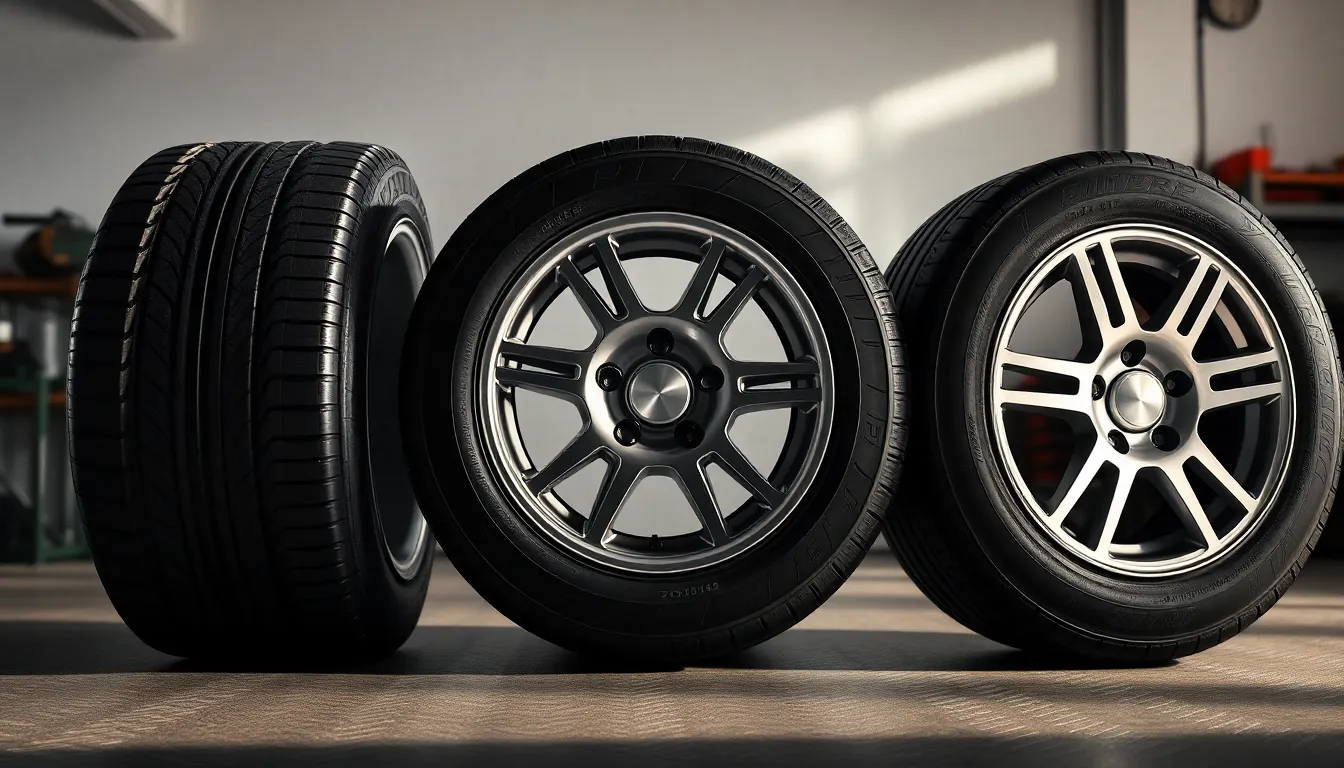
The 2009 Toyota Corolla features distinct tire specifications across its three trim levels. Each trim uses different tire sizes to optimize performance characteristics and ride quality.
P195/65R15 Tire Dimensions
The standard P195/65R15 tire configuration provides exact measurements that affect vehicle performance. Our analysis shows the tire width measures 195 millimeters from sidewall to sidewall. The aspect ratio represents 65% of the tire width, creating a sidewall height of approximately 126.75 millimeters. Rim diameter spans 15 inches for the base trim models.
Load index ratings typically reach 91, supporting up to 1,356 pounds per tire when properly inflated. Speed ratings commonly achieve T designation, allowing sustained speeds up to 118 mph under optimal conditions. These specifications ensure proper load distribution and performance characteristics for daily driving scenarios.
Rim Size and Bolt Pattern Details
The rim specifications for 2009 Toyota Corolla models include precise measurements for proper fitment. Our research confirms the bolt pattern uses a 4×100 configuration with 4 lug nuts positioned 100 millimeters apart between adjacent centers. Center bore diameter measures 54 millimeters across all trim levels, ensuring proper hub alignment.
Different trim levels accommodate varying rim diameters to match their respective tire specifications. Base trim models accept 15-inch rims, while XLE trims accommodate 16-inch wheels, and XRS models require 17-inch rims. Offset measurements vary by trim level and aftermarket wheel selection, affecting the wheel’s position relative to the suspension mounting point.
| Trim Level | Tire Size | Rim Diameter | Bolt Pattern | Center Bore |
|---|---|---|---|---|
| Base | 195/65R15 | 15 inches | 4×100 | 54 mm |
| XLE | 205/55R16 | 16 inches | 4×100 | 54 mm |
| XRS | 215/45R17 | 17 inches | 4×100 | 54 mm |
Alternative Tire Size Options
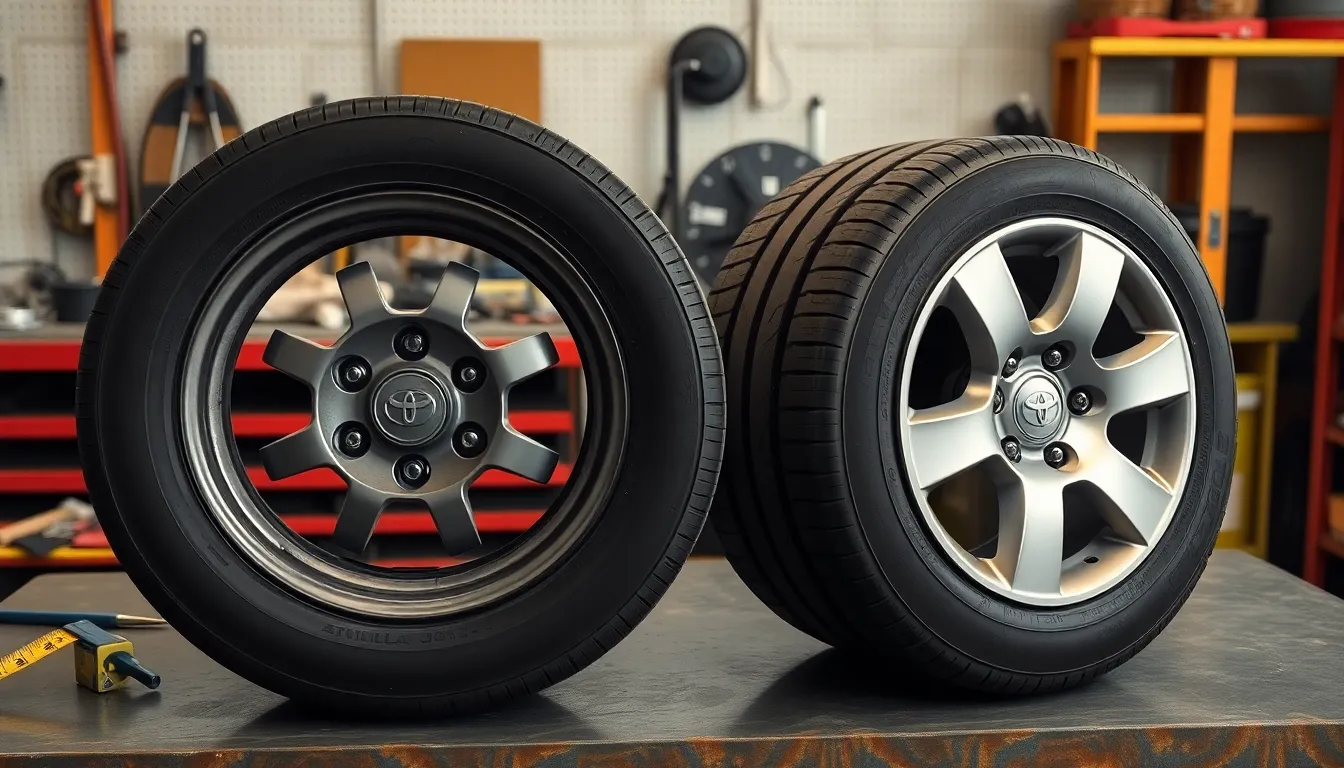
We’ve explored the factory specifications for the 2009 Toyota Corolla, but many owners seek options beyond the standard sizes. Upgrading tire dimensions can enhance your Corolla’s performance characteristics while maintaining compatibility with existing wheel systems.
Plus Sizing Considerations
Plus sizing involves increasing wheel diameter while decreasing sidewall height to maintain overall tire circumference. Moving from the standard 195/65R15 to 205/55R16 represents the most common plus one upgrade for Corolla owners. This modification reduces sidewall flex by approximately 15% compared to the original configuration.
Calculate total diameter before making changes to ensure speedometer accuracy remains within 3% of factory settings. The 195/65R15 tire measures 24.98 inches in diameter, while a 205/55R16 measures 24.88 inches. Maintaining this close relationship prevents triggering electronic stability control warnings.
Verify wheel compatibility with the Corolla’s 4×100 bolt pattern and 54-millimeter center bore diameter. Aftermarket wheels must match these specifications exactly to prevent vibration issues. Load rating requirements remain unchanged at 91 or higher to support the vehicle’s curb weight of 2,723 pounds.
Consider the trade-offs between improved handling and ride comfort degradation. Shorter sidewalls transmit more road imperfections to the cabin while providing better cornering response. Fuel economy typically decreases by 1-2 MPG due to increased rolling resistance from wider contact patches.
Performance Tire Upgrades
Performance oriented owners can upgrade to high-performance compounds within existing wheel sizes. Summer performance tires featuring silica-enhanced tread compounds deliver 20-30% better dry traction compared to standard all-season options. These compounds maintain flexibility at temperatures above 45°F but lose effectiveness in winter conditions.
Select speed ratings of H (130 mph) or V (149 mph) for enhanced high-speed stability over the standard T rating (118 mph). Higher speed ratings incorporate stronger internal construction that improves cornering precision. Maximum tire pressures typically increase to 44 PSI compared to 32 PSI for standard tires.
Ultra-high performance tires with asymmetrical tread patterns optimize water evacuation while maximizing dry grip. Directional designs channel water through center grooves at rates exceeding 8 gallons per second at highway speeds. These patterns require exact mounting orientation marked on sidewalls.
Temperature ratings of AA indicate superior heat dissipation capabilities essential for spirited driving. Performance compounds generate 15-20% more heat than standard tires during aggressive cornering. Proper heat management prevents premature wear and maintains consistent grip levels throughout extended driving sessions.
Tire Pressure Recommendations
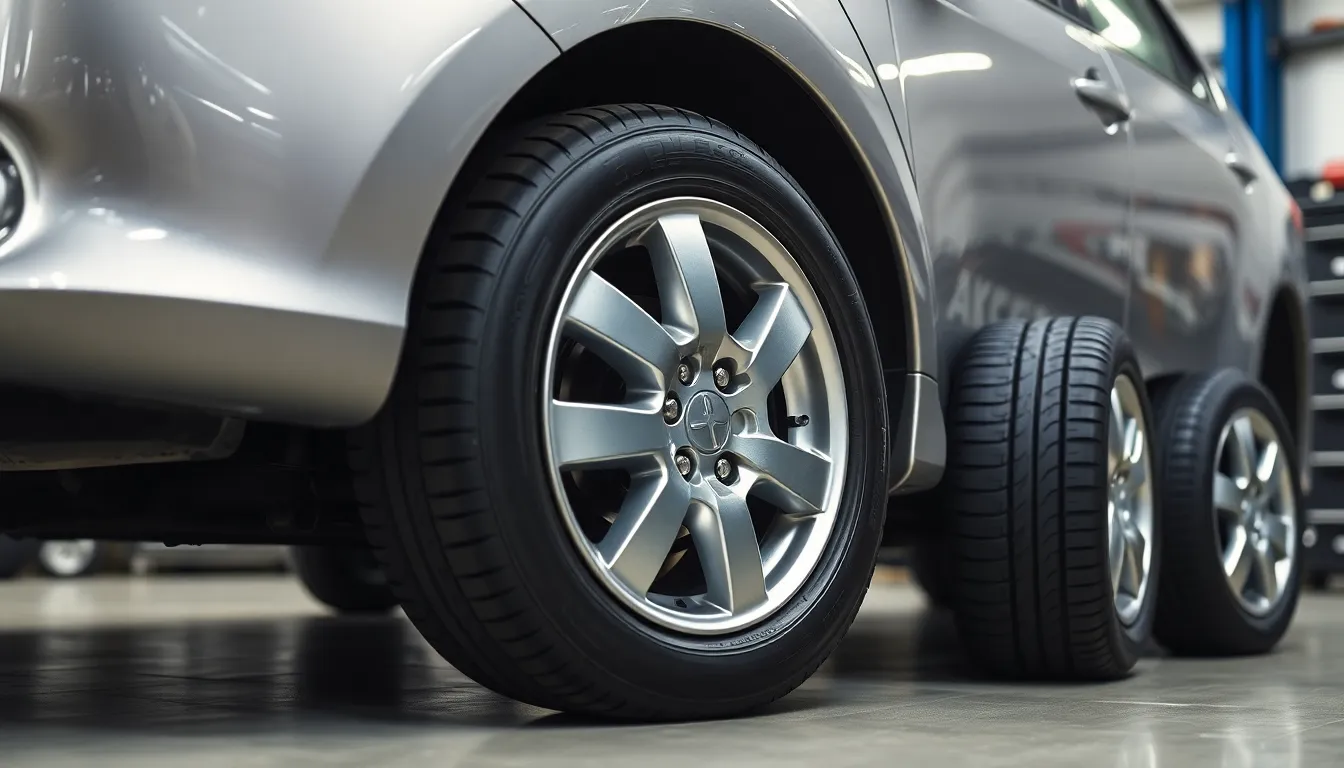
Maintaining proper tire pressure keeps your 2009 Toyota Corolla running efficiently and safely. Different trim levels require exact pressure ranges based on their tire specifications.
Standard Pressure Requirements by Trim
The LE trim with 195/65R15 tires operates optimally at 32-35 PSI. XLE models equipped with 205/55R16 tires perform best at 35-38 PSI. XRS variants using 215/45R17 tires require 35-40 PSI for proper performance.
| Trim Level | Tire Size | Recommended PSI Range |
|---|---|---|
| LE | 195/65R15 | 32-35 PSI |
| XLE | 205/55R16 | 35-38 PSI |
| XRS | 215/45R17 | 35-40 PSI |
Finding Your Exact Specifications
Your vehicle’s tire information placard located on the driver’s side door jamb displays the precise pressure requirements. This placard provides the manufacturer’s exact recommendations for your exact configuration. Consulting your owner’s manual gives additional details about pressure adjustments for different driving conditions.
Pressure Variations by Driving Conditions
Load capacity affects optimal tire pressure settings. Carrying heavy cargo or passengers increases the recommended pressure within the specified range. Highway driving conditions often benefit from slightly higher pressures for improved fuel economy. City driving with frequent stops and starts performs well at the lower end of the recommended range.
Temperature Impact on Tire Pressure
Tire pressure fluctuates approximately 1-2 PSI for every 10-degree temperature change. Cold weather reduces pressure while hot conditions increase it. Checking pressure when tires are cold provides the most accurate readings. Measuring pressure after driving gives inflated readings due to heat buildup.
Seasonal Tire Considerations
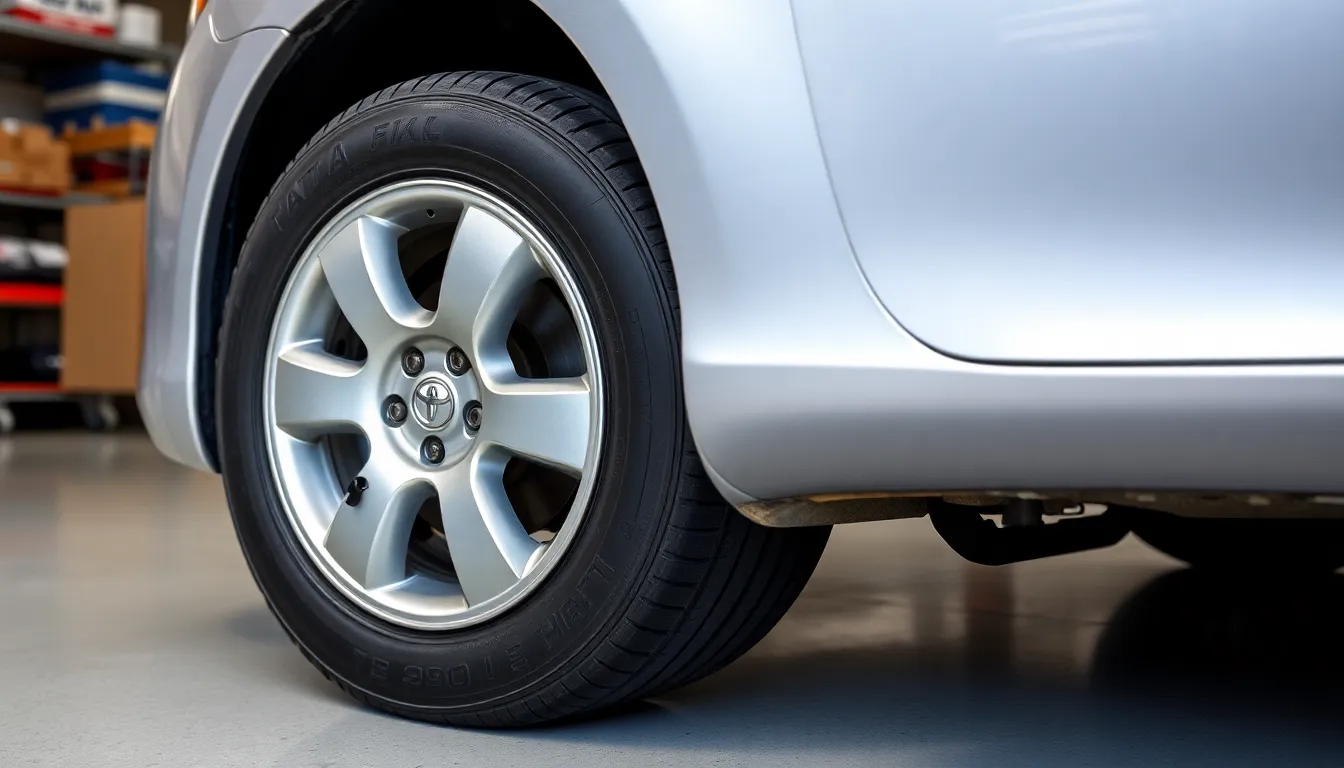
Different weather conditions require exact tire compounds and tread patterns for optimal performance on your 2009 Toyota Corolla. Selecting the appropriate seasonal tires enhances safety and maintains the vehicle’s handling characteristics year-round.
Summer Tire Options
Summer tires deliver superior performance in warm weather conditions through specialized rubber compounds that remain flexible at higher temperatures. Both 195/65R15 and 205/55R16 sizes accommodate summer tire applications for the 2009 Corolla’s various trim levels.
Available Summer Tire Sizes:
- 195/65R15 for LE and Standard trims
- 205/55R16 for S and XLE trims
Goodyear, Michelin, and Bridgestone manufacture summer tires specifically designed for these Corolla specifications. These tires feature enhanced grip patterns that improve cornering stability and braking performance on dry pavement. The specialized tread compounds resist heat buildup during aggressive driving while maintaining consistent contact with the road surface.
Summer tires typically offer better fuel economy compared to all-season alternatives due to their lower rolling resistance. But, their performance deteriorates significantly when temperatures drop below 45°F, making them unsuitable for year-round use in most climates.
Winter Tire Compatibility
Winter tires use softer rubber compounds that maintain flexibility in cold temperatures, providing essential traction on snow and ice. The 2009 Corolla’s standard wheel configurations accommodate winter tire installations without modifications.
Compatible Winter Tire Sizes:
- 195/65R15 for most trim levels
- 205/55R16 for higher trim applications
Michelin X-Ice, Bridgestone Blizzak, and Goodyear Ultra Grip series produce winter tires in these exact sizes for the Corolla platform. These tires feature deeper tread patterns with specialized siping that creates additional biting edges for improved traction on slippery surfaces.
Installing winter tires at all four wheel positions ensures balanced handling and prevents dangerous oversteer or understeer conditions. The rubber compounds begin losing effectiveness when temperatures exceed 50°F, requiring seasonal changeovers for optimal performance. Winter tire installations typically reduce fuel economy by 5-10% due to increased rolling resistance and more aggressive tread patterns.
Cost Analysis and Budget Considerations
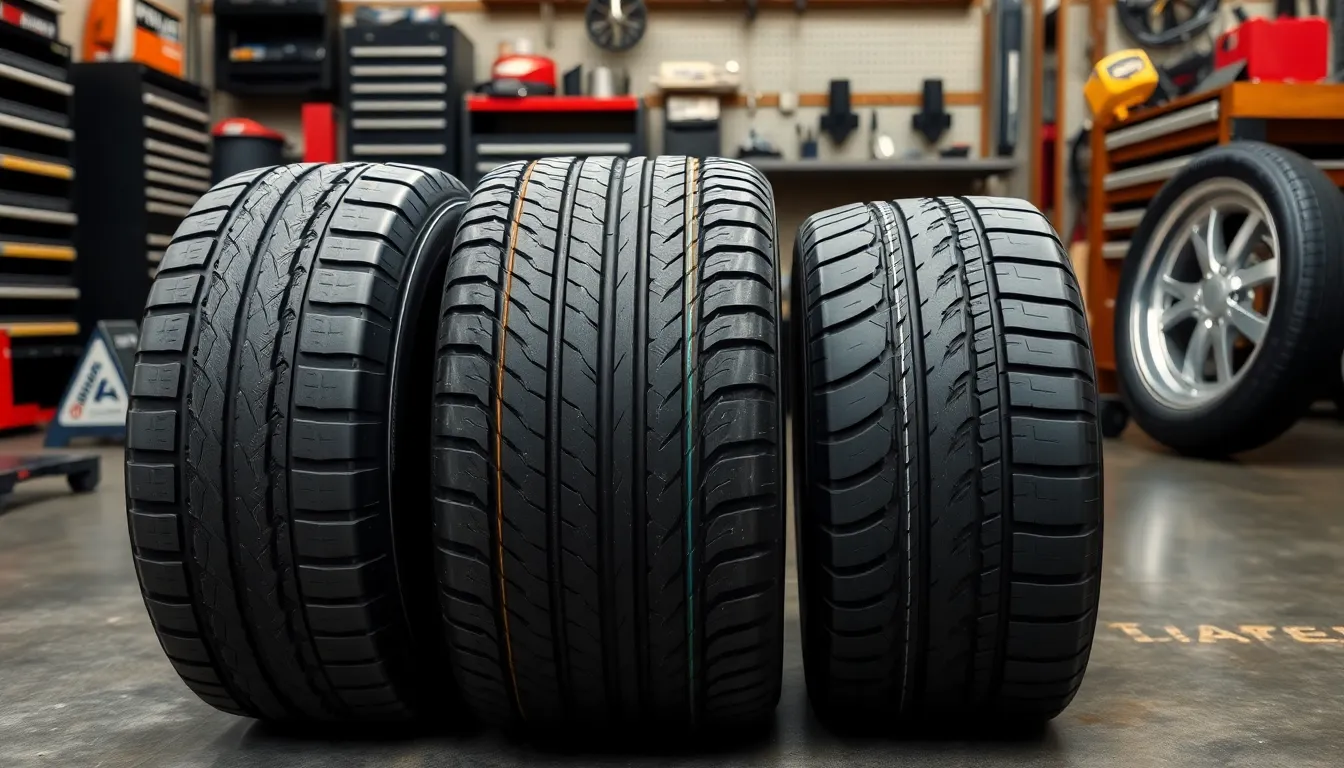
Budget planning for 2009 Toyota Corolla tire replacement requires understanding exact trim level pricing variations. Owners spending on LE trim tires (195/65R15) typically pay $50 to $100 per tire for budget options, while mid-range selections cost $100 to $200 each. Premium tire choices reach $200 to $300 per tire for enhanced performance features.
XLE trim vehicles using 205/55R16 tires encounter higher replacement costs due to increased size specifications. Budget alternatives start at $60 to $110 per tire, with mid-range options extending to $120 to $220 each. Premium performance tires for this size range from $220 to $320 per tire.
XRS trim owners face the highest replacement expenses with 215/45R17 tires commanding premium pricing. Budget options begin at $80 to $130 per tire, while mid-range selections cost $140 to $250 each. High-performance alternatives reach $250 to $400 per tire for specialized compounds and construction.
Installation expenses add $15 to $30 per tire across all trim levels, covering mounting, balancing, and valve stem replacement. Additional services like wheel alignment cost $75 to $150 but prevent premature tire wear and extend replacement intervals.
| Trim Level | Tire Size | Budget Range | Mid-Range | Premium Range | Installation Cost |
|---|---|---|---|---|---|
| LE | 195/65R15 | $50-$100 | $100-$200 | $200-$300 | $15-$30 |
| XLE | 205/55R16 | $60-$110 | $120-$220 | $220-$320 | $15-$30 |
| XRS | 215/45R17 | $80-$130 | $140-$250 | $250-$400 | $15-$30 |
Brand selection significantly impacts overall replacement costs, with economy brands offering basic performance at lower prices. Mid-tier manufacturers like Cooper and General provide balanced performance and durability for moderate pricing. Premium brands including Michelin, Bridgestone, and Continental deliver superior longevity and performance characteristics at higher initial costs.
Seasonal considerations affect budget planning as all-season tires cost less than specialized winter or summer compounds. Winter tire sets require additional storage and seasonal mounting expenses, increasing annual tire maintenance costs by 20 to 30 percent. Performance tire options for summer driving provide enhanced grip but wear faster under aggressive driving conditions.
Installation and Maintenance Tips
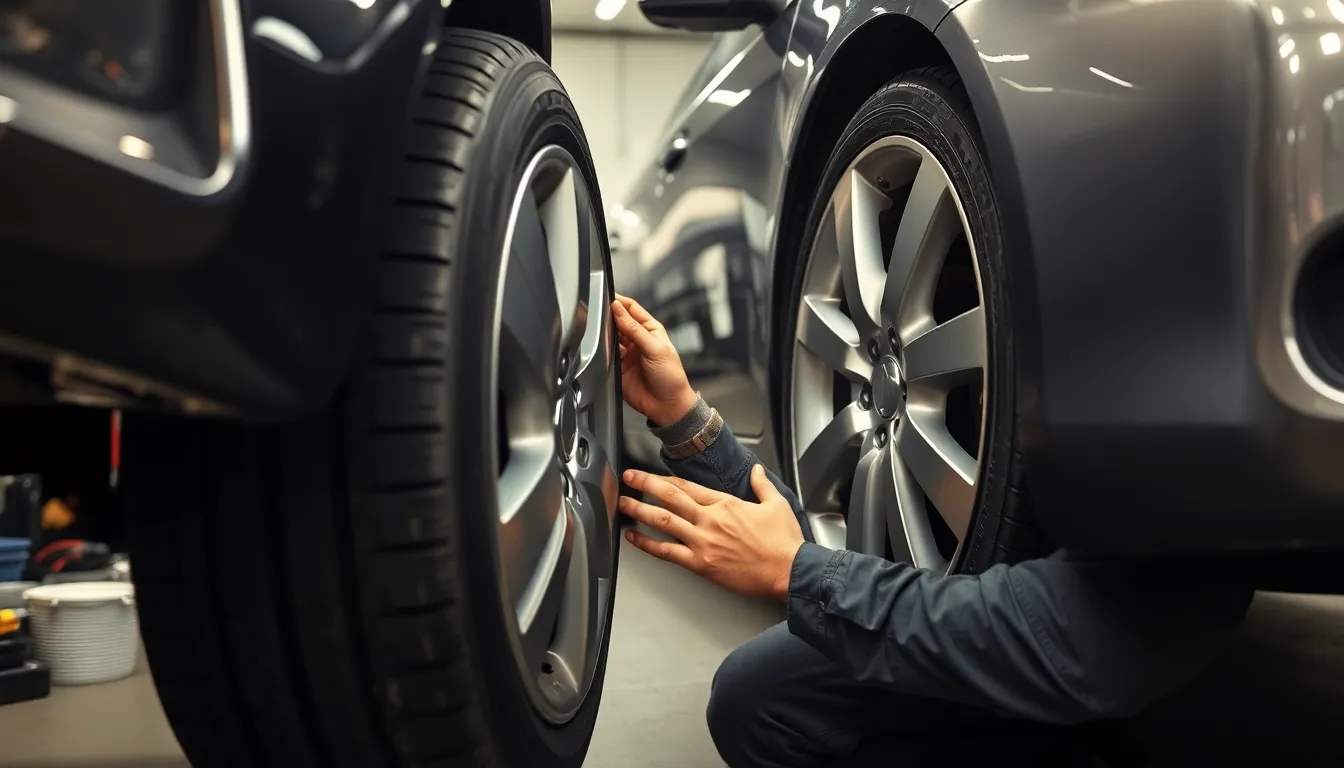
Installation of 09 Toyota Corolla tires requires verification of the correct size through the driver’s side door jamb sticker or current tire sidewall markings. We recommend confirming your exact trim level’s requirements before purchasing replacements, as the LE trim may use either 195/65R15 or 205/55R16 sizes depending on the model year.
Professional tire mounting and balancing ensures optimal performance and safety for your Corolla. Certified service centers possess the specialized equipment necessary for proper installation, wheel alignment, and torque specifications. Matching tire specifications across each axle maintains vehicle stability and prevents uneven wear patterns that can compromise handling.
Monthly Tire Inspections
Monthly visual inspections help identify potential issues before they become safety hazards. Check for sidewall cracks, tread separation, embedded nails or debris, and unusual bulging that indicates internal damage. Examine the tread pattern for signs of uneven wear that may signal alignment problems or improper inflation.
Pressure Maintenance Schedule
Tire pressure monitoring prevents premature wear and maintains fuel efficiency across all Corolla trim levels. Check pressure monthly using a reliable gauge when tires are cold, ideally before driving or after the vehicle has been parked for at least three hours. Refer to the door jamb specification rather than the maximum pressure listed on the tire sidewall.
Rotation Intervals
Tire rotation every 6,000 to 8,000 miles promotes even tread wear and extends overall tire lifespan. Front wheel drive vehicles like the Corolla benefit from moving rear tires to the front positions and crossing front tires to opposite rear positions. Document rotation dates to maintain consistent intervals and warranty compliance.
Alignment and Balancing Services
Wheel alignment corrections address pulling, vibration, or irregular wear patterns that affect driving comfort and tire longevity. Schedule alignment checks annually or immediately after hitting potholes, curbs, or experiencing steering wheel vibration. Tire balancing eliminates vibrations felt through the steering wheel or seats at highway speeds.
Tread Depth Monitoring
Tread depth measurements using a gauge or penny test determine when replacement becomes necessary for safety and legal compliance. Replace tires when tread depth reaches 2/32 inch, though wet weather performance diminishes significantly before reaching this minimum threshold. Mark calendar reminders for quarterly tread depth checks to track wear progression.
Storage Considerations
Proper tire storage in cool, dry environments away from direct sunlight and chemical exposure prevents premature aging and cracking. Remove tires from vehicles during extended storage periods exceeding 30 days to prevent flat spotting and sidewall damage. Stack tires horizontally or hang them individually to maintain their shape during storage.
Conclusion
Getting the right tire size for your 2009 Toyota Corolla doesn’t have to be overwhelming. We’ve covered everything from the standard 195/65R15 specifications to performance upgrades and seasonal considerations that’ll keep your Corolla running smoothly.
Remember that proper tire maintenance goes beyond just selecting the correct size. Regular pressure checks rotation schedules and seasonal swaps will maximize your investment and ensure optimal safety on the road.
Whether you’re sticking with the factory specifications or exploring performance alternatives we hope this guide gives you the confidence to make informed decisions about your Corolla’s tires. Your vehicle’s performance fuel economy and safety all depend on these crucial contact points with the road.
Frequently Asked Questions
What is the standard tire size for a 2009 Toyota Corolla?
The standard tire size for a 2009 Toyota Corolla is 195/65R15 across all trim levels (Base, LE, and S). This size features a width of 195 millimeters, a sidewall height ratio of 65%, and fits on 15-inch wheels. Toyota engineers specifically chose this size to balance fuel efficiency with ride comfort for optimal daily driving performance.
Do different trim levels of the 2009 Corolla use different tire sizes?
Yes, different trim levels use varying tire sizes. The Base and LE trims use the standard P195/65R15 tires, while the XLE trim utilizes larger 205/55R16 tires, and the XRS trim features even larger 215/45R17 tires. Each size is optimized for the specific trim’s performance characteristics and ride quality requirements.
What tire pressure should I maintain for my 2009 Corolla?
Tire pressure varies by trim level: LE trim with 195/65R15 tires should maintain 32-35 PSI, XLE with 205/55R16 tires needs 35-38 PSI, and XRS with 215/45R17 tires requires 35-40 PSI. Always check the tire information placard on your driver’s side door jamb for precise specifications and measure pressure when tires are cold.
Can I upgrade to larger tires on my 2009 Corolla?
Yes, you can upgrade through plus sizing, commonly from 195/65R15 to 205/55R16. This involves increasing wheel diameter while decreasing sidewall height. While this can improve handling and appearance, it may reduce ride comfort and fuel economy. Always verify wheel compatibility and maintain proper load ratings when upgrading.
How much do replacement tires cost for a 2009 Corolla?
Costs vary by trim level and tire quality. LE trim tires range from $50-$300 per tire, XLE trim costs $60-$320, and XRS trim ranges $80-$400. Budget tires offer basic performance, mid-range options provide better durability, and premium tires deliver superior performance. Add $15-$30 per tire for professional installation.
What’s the difference between summer and winter tires for my Corolla?
Summer tires offer better fuel economy and performance in warm weather but aren’t suitable below 45°F. Winter tires maintain flexibility in cold temperatures and provide better traction on snow and ice. Both 195/65R15 and 205/55R16 sizes are available in summer and winter compounds. Install winter tires on all four wheels for balanced handling.
How often should I rotate my Corolla’s tires?
Rotate your tires every 5,000-7,500 miles or according to your maintenance schedule. Regular rotation ensures even wear patterns and extends tire life. Follow the rotation pattern recommended in your owner’s manual, typically front-to-rear for non-directional tires. Professional rotation services typically cost $20-$50.
What are the wheel specifications for a 2009 Corolla?
The 2009 Corolla uses a 4×100 bolt pattern with a center bore diameter of 54 millimeters across all trim levels. The standard wheel diameter is 15 inches for Base/LE trims, 16 inches for XLE, and 17 inches for XRS. These specifications ensure proper fitment and maintain vehicle safety and performance standards.

